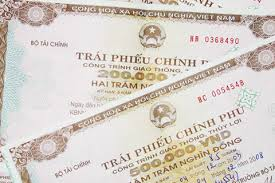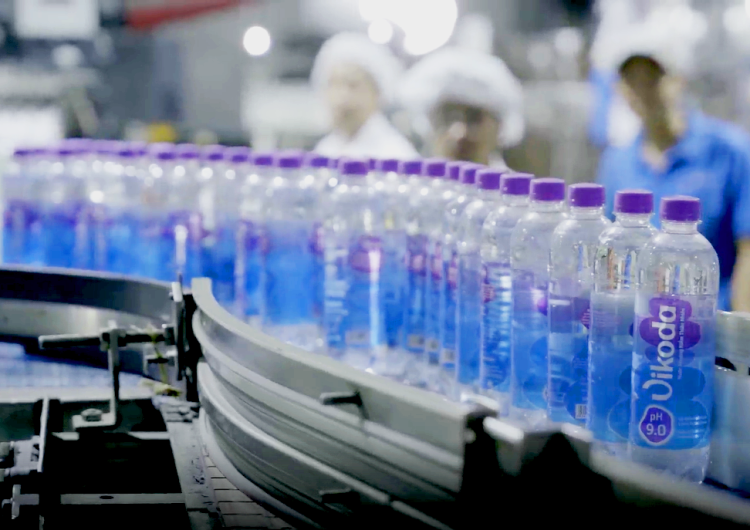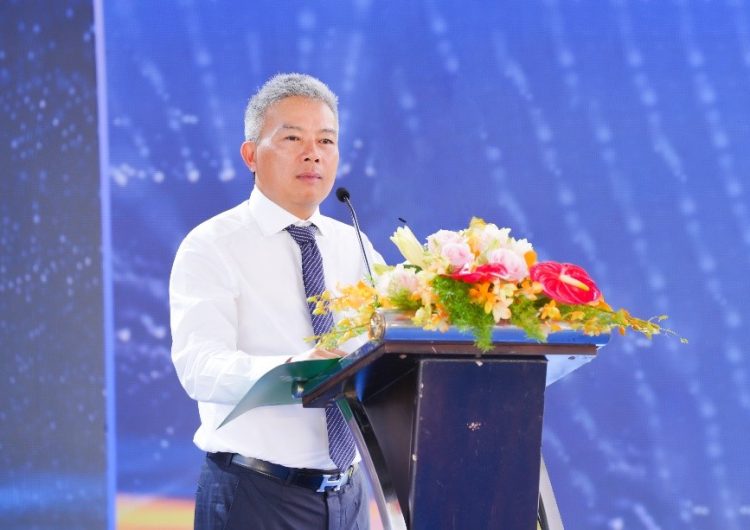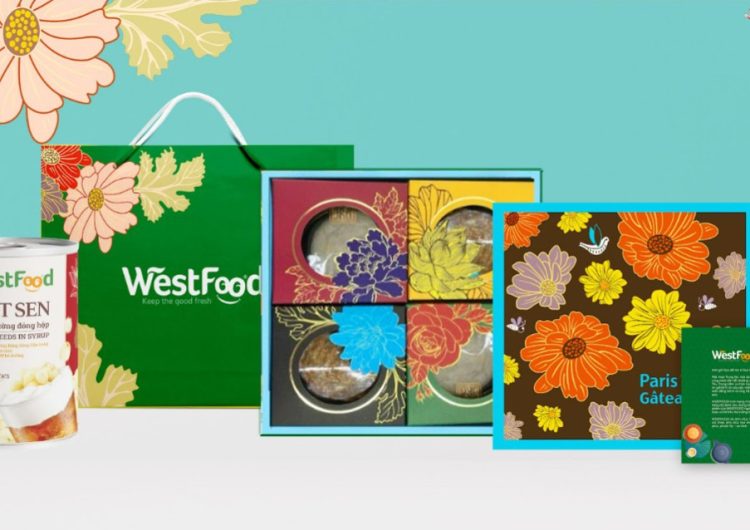Thanks to pineapple varieties that Westfood owns the monopoly in Vietnam, the income ranges from 80 to 110 million / ha, which has helped the people of Phung Hiep district in particular and many provinces in the Mekong Delta in general increase their earnings, as well as altering the planting structure in the direction of sustainable development.
For many years, the price of sugarcane raw materials was often at low rates, from 700 to 850 VND per kg – nearly equal to the production price, results in losses for farmers. Since then, the cultivated area of this crop has been constantly shrinking. In the crop year 2019-2020, Long An only planted 481 hectares, reaching about 23% of the plan.
In Soc Trang, even in 2017, the sugarcane area reached 8400 hectares, currently it has been decreased to about 2400 hectares. Hau Giang, the province that grows the most sugarcane in the Mekong Delta, in recent years, the area of sugarcane has not stopped diminishing – there was only about 5400 hectares. Which varieties of crops that bring both high economic efficiency and sustainability has been a concern for all levels of authorities and people in the Mekong Delta presently.
Embracing that fact, Westfood has cooperated with the locals in cultivating MD2 pineapples, the variety imported from South America in the direction of Westfood to provide seeds, fertilizers, farming technical support and taking charge of products consumption. Each hectare of MD2 pineapple will obtain the income of between 80 and 110 million dong.

The people converted to cultivating the Pineapple American honey – MD2
Mr.Ngo Van Phuong (Phuong Binh ward, Phung Hiep district, Hau Giang province) – It was not until 2018 back then Westfood came to discuss about the interconnection, then Mr. Phuong has removed his burden. The whole area of more than 1 hectare was quickly renovated to grow American honey – MD2 in the direction of a global gap. He shared: “Switching to pineapples MD2, the company invests in seedlings, up until we harvest the fruit, the company will substract the amount that we buy the seeds, the income is higher than planting other crops”.
Video – Good Morning Program VTV1 – Report on farming transformation in the Mekong Delta
The notable point in this model is that farmers do not have to concern about the output, rather than focus on the production to improve productivity as well as product quality.Mr. Nguyen Vu Loc – General Director of Western Export Food Processing Joint Stock Company. “I suggest that farmers can sign 3 or 4 parties – including farmers, businesses, banks or even local authorities or the Department of Agriculture…“As for this cooperative planting MD2 model, the yield is equivalent to double that of pineapple varieties in Vietnam. Standards for color, for sweetness, are also 30 percent higher. These three markets – Europe, Japan and Korea – just for fresh pineapple currently consume about 1.4 million tons / year. That does not include processed products. According to the ground plan, the company will expand from 500-1000 hectares in the next 3-5 years. The partners suggest linking to ensure purchasing all of the products, thus this is also a commitment, a guarantee of the output. “An obvious reversal in Hau Giang province – a place that used to be a sugar cane raw material area of the region. Transitioning from sugarcane areas to suitable crops then bring higher economic benefits as well as sustainabilty.
Except for exporting, these impressive and high- quality pineapples are also gradually dominating the domestic market, in the supermarkets or chains of high-end fruit shops. This is considered good news, not only for Hau Giang farmers but also for many farmers in the Mekong Delta to have more suitable options for their farming transition.






